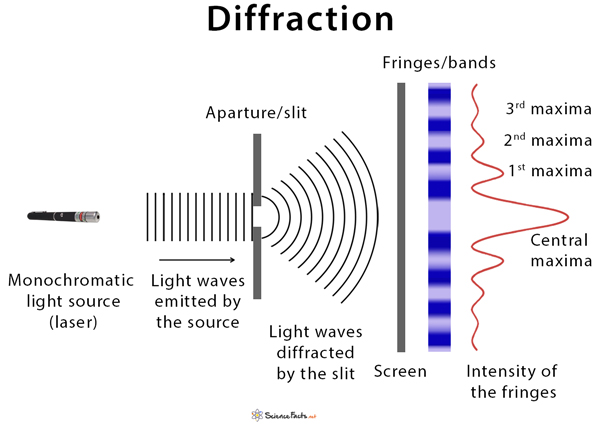
" The waves were grinding along the reef" Glassy Grinder / Grinding WaveĪ powerful breaking wave. Waves that have reached the maximum size possible for fetch, wind speed and wind duration are referred to as being fully developed. It's one of the key facets of the quality of a swell and the size of the waves. Fetchįetch is the area of sea surface where the wind generates the waves / swell. They can be great fun to ride, but be careful not to break your board. Waves that are breaking very close to shore in shallow water. Diffraction is the "spreading" of waves into the sheltered region within the barrier's geometric shadow. When the wave comes into contact with an obstacle or barrier such as a breakwater, the energy of the wave is transmitted along a wave crest. This is the decrease in wave height and increase in wavelength of a wave once it's outside the fetch. The lip of the waves will "crumble" along the line and as a result spoil the waves for surfers. Waves affected by an onshore wind are said to crumble. The crest is the highest part of the wave above still water level. See this corduroy swell picture that illustrates it perfectly. This is a swell line that looks like corduroy. It's also called "shutting down." Corduroy Closeouts can either be caused by a strong offshore wind or sea floor topography. This is a wave that breaks along its entire length at the same time making it unsurfable. Moderate local winds form little waves known as chop which can kill a good surf session. These are the first small waves created when the wind blows on the sea.

This is the measurement of water depth at various places in a body of water Capillary Waves

One of the highlights for any surfer is catching a tube ride. The barrel is the hollow part of a breaking wave where there is a gap between the face of the wave and the lip of the wave as it curls over. (Approximately half the height of the wave) Barrel This is the vertical distance from still water level to wave peak.


 0 kommentar(er)
0 kommentar(er)
